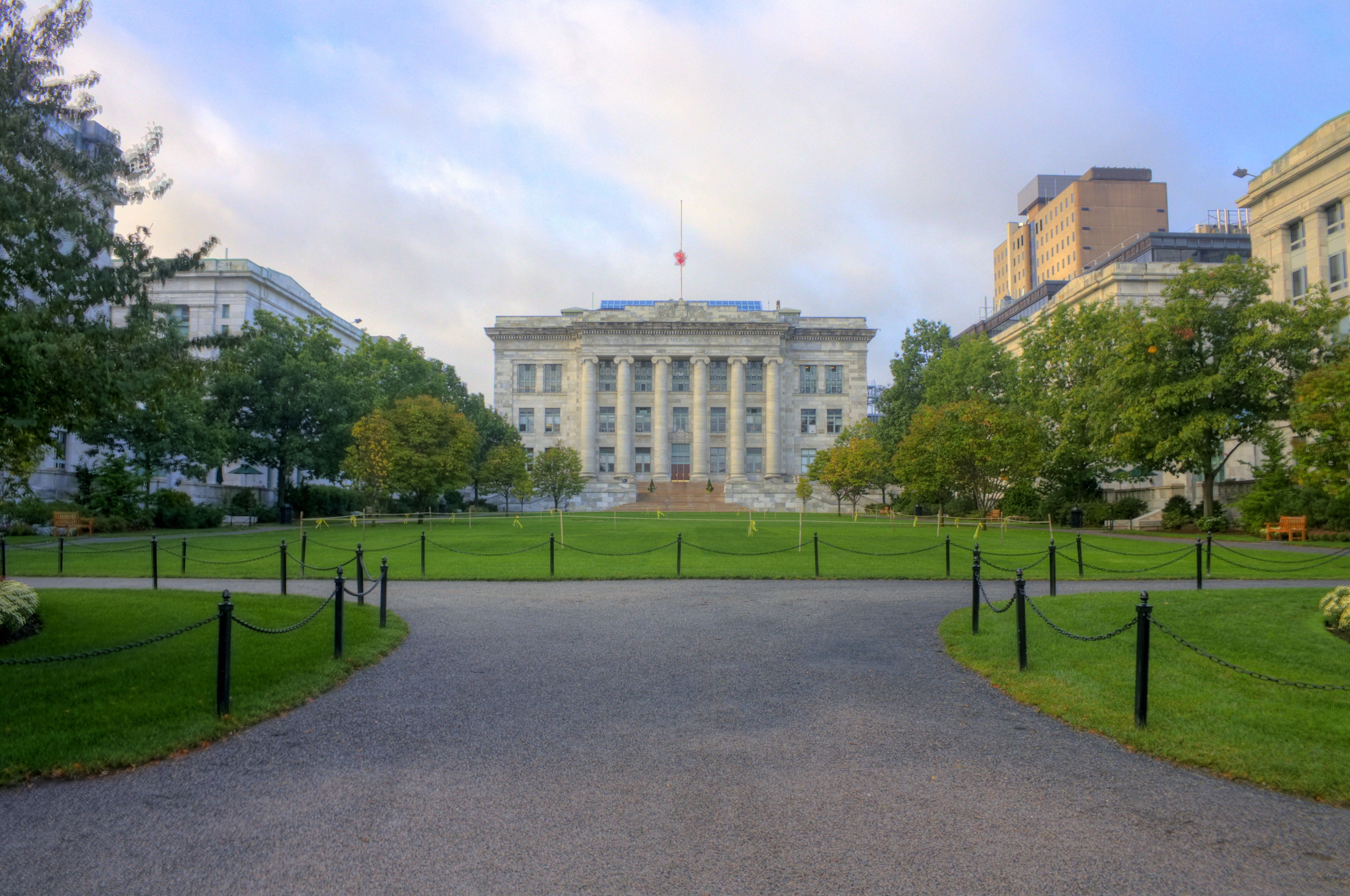|
B. M. Sreenivasaiah
Bhusanayana Mukundadasa Sreenivasaiah founded India's first private engineering college BMS College of Engineering in 1946 at B.M.S. Institute of Technology and Management. He was awarded the title Dharmaprakasha Rajakarya Prasaktha from the Maharaja of Mysore The maharaja of Mysore was the king and principal ruler of the southern Indian Kingdom of Mysore and briefly of Mysore State in the Indian Dominion roughly between the mid- to late-1300s and 1950. In title, the role has been known by differen ... in 1946. References {{DEFAULTSORT:Sreenivasaiah, B. M. Year of birth missing Year of death missing Founders of Indian schools and colleges ... [...More Info...] [...Related Items...] OR: [Wikipedia] [Google] [Baidu] |
Private University
Private universities and private colleges are institutions of higher education, not operated, owned, or institutionally funded by governments. They may (and often do) receive from governments tax breaks, public student loans, and grant (money), grants. Depending on their location, private universities may be subject to government regulation. Private universities may be contrasted with public university, public universities and national university, national universities. Many private universities are nonprofit organizations. Africa Egypt Egypt currently has 20 public universities (with about two million students) and 23 private universities (60,000 students). Egypt has many private universities, including The American University in Cairo, the German University in Cairo, the British University in Egypt, the Arab Academy for Science, Technology and Maritime Transport, Misr University for Science and Technology, Misr International University, Future University in Egypt and ... [...More Info...] [...Related Items...] OR: [Wikipedia] [Google] [Baidu] |
BMS College Of Engineering
B.M.S. College of Engineering or Bhusanayana Mukundadas Sreenivasaiah College of Engineering (BMSCE) is a private engineering college in Basavanagudi, Bangalore, India. It was started in 1946 by Bhusanayana Mukundadas Sreenivasaiah and is run by the B.M.S. Educational Trust. It is affiliated with Visvesvaraya Technological University and became autonomous in 2008. BMSCE is located on Bull Temple Road, Basavanagudi, diagonally opposite to the famous Bull Temple. Though a private college, it is partially funded by the Government of Karnataka. History BMSCE was founded in 1946 by B. M. Sreenivasaiah with three undergraduate courses namely mechanical, civil, and electrical engineering, as the first private sector initiative in engineering education in India. B. M. Sreenivasaiah was followed by his son B. S. Narayan. Academic profile Admission Undergraduate Students are admitted to undergraduate courses on basis of their performance in either Karnataka Common Entrance ... [...More Info...] [...Related Items...] OR: [Wikipedia] [Google] [Baidu] |
Maharaja Of Mysore
The maharaja of Mysore was the king and principal ruler of the southern Indian Kingdom of Mysore and briefly of Mysore State in the Indian Dominion roughly between the mid- to late-1300s and 1950. In title, the role has been known by different names over time, from ''poleygar'' (Kannada, ''pāLegāra'', for 'chieftain') during the early days of the fiefdom to ''raja'' (Sanskrit and Kannada, king–of especially a small region) during its early days as a kingdom to ''maharaja'' (Sanskrit and Kannada, reatking–of a formidable kingdom) for the rest of its period. In terms of succession, the successor was either a hereditary inheritor or, in case of no issue, handpicked by the reigning monarch or his privy council. All rulers under the Sanskrit-Kannada titles of ''raja'' or ''maharaja'' were exclusively from the house of Wadiyar. As India gained Independence from British Crown in 1947, Crown allies, most of which were princely India, ceded into the Dominion of India by 1950. ... [...More Info...] [...Related Items...] OR: [Wikipedia] [Google] [Baidu] |
Year Of Birth Missing
A year or annus is the orbital period of a planetary body, for example, the Earth, moving in its orbit around the Sun. Due to the Earth's axial tilt, the course of a year sees the passing of the seasons, marked by change in weather, the hours of daylight, and, consequently, vegetation and soil fertility. In temperate and subpolar regions around the planet, four seasons are generally recognized: spring, summer, autumn and winter. In tropical and subtropical regions, several geographical sectors do not present defined seasons; but in the seasonal tropics, the annual wet and dry seasons are recognized and tracked. A calendar year is an approximation of the number of days of the Earth's orbital period, as counted in a given calendar. The Gregorian calendar, or modern calendar, presents its calendar year to be either a common year of 365 days or a leap year of 366 days, as do the Julian calendars. For the Gregorian calendar, the average length of the calendar ye ... [...More Info...] [...Related Items...] OR: [Wikipedia] [Google] [Baidu] |


